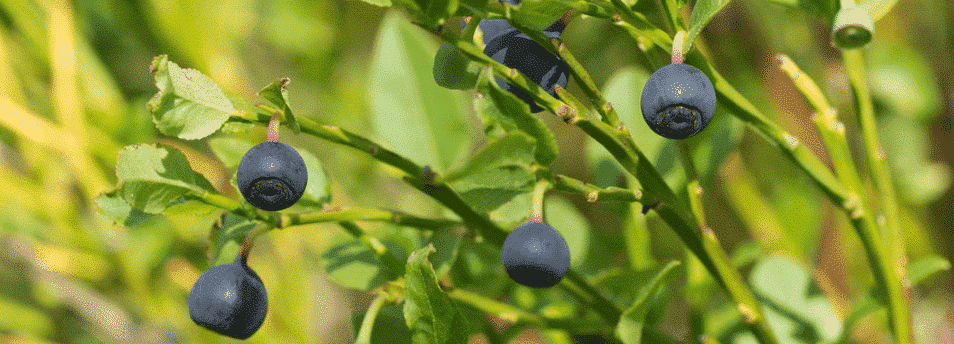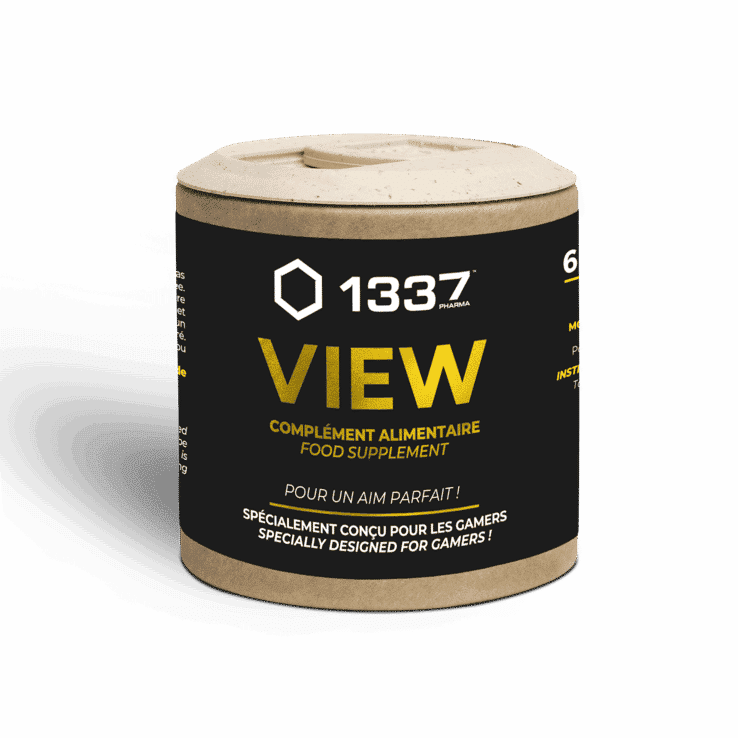MIRTOSELECT
Ingredient
Where does it come from?
Why is it used?
What are the benefits?
Bibliography
What is mirtoselect?
Mirtoselect® is the authentic blueberry extract (Vaccinium myrtillus L.) standardized, containing more than 36% anthocyanins, obtained exclusively from fresh fruits harvested at maturity, between July and September.
Where does it come from?
Vaccinium myrtillus L. is an edible berry that grows on small thread-like shrubs on hillsides throughout central and northern Europe. The traditional medicinal use of Vaccinium myrtillus L. has been documented since the Middle Ages. A number of compounds belonging to different chemical classes have been isolated from Vaccinium myrtillus L. berries, in particular anthocyanins (also called anthocyanosides).
Anthocyanins are found naturally in a number of foods – in red wine, some varieties of grains, and some root and vegetable vegetables (eggplant, cabbage, beans, onions, radishes) – but are most abundant in colorful fruits like blueberries. .
The extract has been developed and standardized, with largely clinically demonstrated efficacy in vascular health, with more than 60 positive studies, including at least 30 controlled or double-blind studies published in peer-reviewed titles.
Additionally, Vaccinium myrtillus L. has been shown in one study to contain higher amounts of anthocyanins than any other berry. 3
Why is it used?
The main applications studied so far for Mirtoselect® are in the fields of vascular health and ophthalmology (retinal health). It shows consistent clinical benefits, especially for eye health.
Thanks to its beneficial effect on vascular circulation, Mirtoselect® can improve the supply of oxygen and blood to the eye, restoring the functionality of tear secretion. Additionally, the free radical scavenging properties neutralize oxidative stress, one of the main risk factors for dry eye discomfort.
New positive data has recently emerged regarding the supportive role of Mirtoselect® in eye health, particularly dry eye conditions. The new randomized, double-blind, placebo-controlled clinical study offers further proof of the efficacy and safety profile of Mirtoselect®, where preserving adequate tear levels and maintaining a healthy ocular surface can potentially help alleviate discomfort and visual disturbances.

What are the benefits?
MIRTOSELECT® is the only blueberry extract, devoid of any known side effects, whose properties have been clinically and pharmacologically demonstrated on improving contrast sensitivity in retinal health, improving tear secretion in the eyes dry skin, and to support eye health in retinal problems.
Discover other plants used in our products
Bibliography
1. Bombardelli E., Bombardelli V., T wenty years experience in the botanical health food market , Fitoterapia 76, 495-507, 2006.
2. Nutrient US Department of Agriculture, ARS, USDA Database for the Flavonoid Content of Selected Foods , Release 3.0 2011.
3. Prior RL et al., Antioxidant Capacity As Influenced by Total Phenolic and Anthocyanin Content, Maturity, and Variety of Vaccinium Species , J. Agric. Food Chem. 46, 2686 (1998).
4. Tutin TG, Diapensiaceae to Myoporaceae, Flora Europaea Vol. 3, Cambridge University Press, Cambridge , 1972, pp 12-13.
5. Hutchinson J., British Wild Flowers Vol. 1, David and Charles , Newton Abbot, 1972, p 226.
6. Benigni R., Piante Medicinali – Chemistry, pharmacology and therapy , Flight. II, Inverni della Beffa, Milano, 1962, pp 951-958.
7. Hegi G., Illustrated Flora von Mittel Europa , Band 5/3 Teil, C. Hanser Verlag, Munchen, 1927 (Reprint 1966), pp 1667-1681.
8. Upton R. American Herbal Pharmacopoeia and Therapeutic Compendium – Bilberry Fruit 2001.
9. Mabberly DJ, The Plant-Book II Ed., Cambridge University Press , 1997.
10. Morazzoni P., Vaccinium myrtillus L., Fitoterapia 1996, 67, 3-29.
11. Gizzi C. et al., Bilberry extracts are not created equal: the role of non anthocyanin fraction. Discovering the “dark side of the force” in a preliminary study, European Review for Medical and Pharmacological Sciences, 2016 Jun; 20(11):2418-24.
12. Motohashi N., Occurrences, Structure, Biosynthesis and Health Benefits based on their evidences of medicinal phytochemicals in vegetables and fruits – Volume 5 – 2016.
13. Cassinese C., New liquid chromatography method with ultraviolet detection for analysis of anthocyanins and anthocyanidins in Vaccinium myrtillus fruit dry extracts and commercial preparations ., J. AOAC Int. 2007, 90 (4), 911-919.
14. Baj E et al, Qualitative and quantitative evaluation of Vaccinium myrtillus anthocyanins by HRGC and HPLC ., J. Chromatogr. 1983, 279, 365-372.
15. European Pharmacopoeia 6th Ed. Supplement 6.2 Fresh bilberry Fruit Dry Extract Refined and Standardized , 3745-3747.
16. FU Mirtillo Nero Estratto Secco Purificato e Titolato XI Ed. Supplement 1, 2005, 1469-1472
17. USP 31–NF 26 – Second Supplement Powdered Bilberry Extract (Identification and Assay).
18. Krikorian R et al., Blueberry supplementation improves memory in older adults ., J Agric Food Chem. 2010 Apr 14;58(7):3996-4000.
19. Karlsen A., Anthocyanins inhibit nuclear factor-kappaB activation in monocytes and reduce plasma concentrations of pro-inflammatory mediators in healthy adults . J. Nutr. 2007, 137, 1951-1954.
20. Mink, PJ Flavonoid intake and cardiovascular disease mortality: a prospective study in postmenopausal women . Am. J. Clin. Nutr. 2007, 85, 895-909.
21. Campbell, FM, et al., Decrease in plasma protein markers of oxidative stress and inflammation in overweight/obese type 2 diabetics after supplementation with bilberry extract ., In: Obesity facts 2012, 5 (s1) p198.
22. Hoggard N. et al., A single supplement of a standardized bilberry (Vaccinium myrtillus L.) extract (36 % wet weight anthocyanins) modifies glycaemic response in individuals with type 2 diabetes controlled by diet and lifestyle . Journal of Nutritional Science, 2013, vol. 2, e22, page 1 of 9.
23. Kim ES, Clinical Evaluation of Patients with Nonproliferative Diabetic Retinopathy Following Medication of Anthocyanoside: Multicenter Study, J. Korean Ophthalmology Soc ., 2008;49(10):1629-1633.
24. Kajimoto S. et al., Therapeutic Effect of Blueberry Extract in School Children with Pseudomyopia at the Age of Cramming for Exam to Restore Their Vision , J. New Rem. Clin., 2000, Vol.49 N.1, 72-79.
25. Mazzolani F et al., Minerva Oftalmol 2017 June ;59(2)_38-41.
26. Riva A et al, The effect of a natural, standardized bilberry extract (Mirtoselect ®) in dry eye: a randomized, double blinded, placebo controlled trial, European Review for Medical and Pharmacological Sciences , 2017;21:2518-2525.
27. C. Artaria, R. Pace, G. Maramaldi, G. Appendino., “DIFFERENT BRANDS OF BILBERRY EXTRACT – A comparison of selected components”, NUTRAfoods 2007 6(4) 13-18.
28. European Pharmacopoeia 6 th Editing – Supplement 6.2 – “ Fresh bilberry Fruit Dry Extract Refined and Standardized “.
29. FU XI Ed, 1st Suppl. 2005, “ Mirtillo Nero Estratto Secco Purificato e Titolato “.
30. USP 31–NF 26 – Second Supplement, “ Powdered Bilberry Extract (Identification and Assay).

